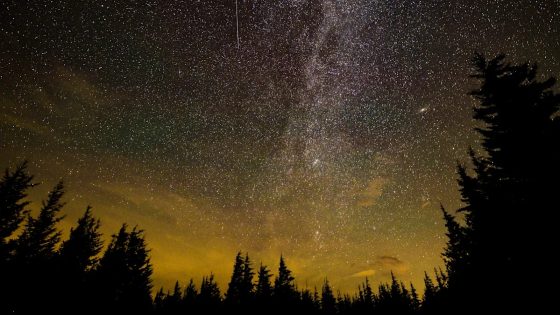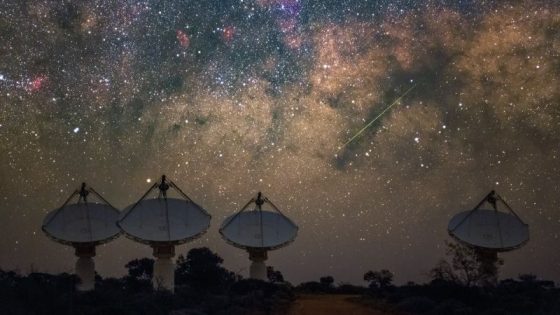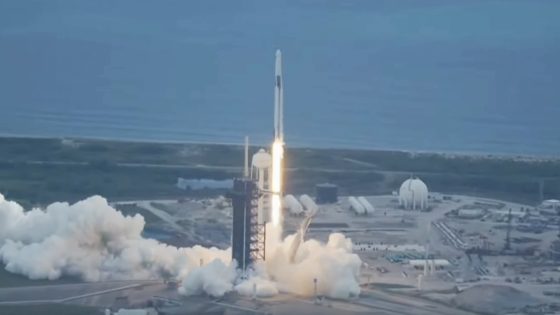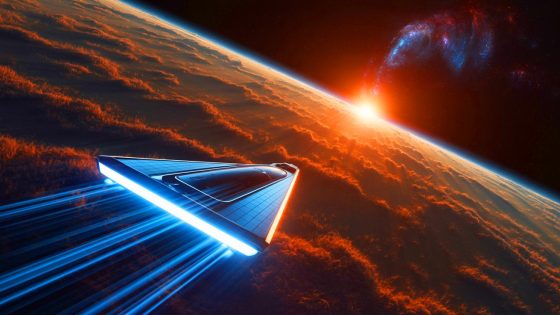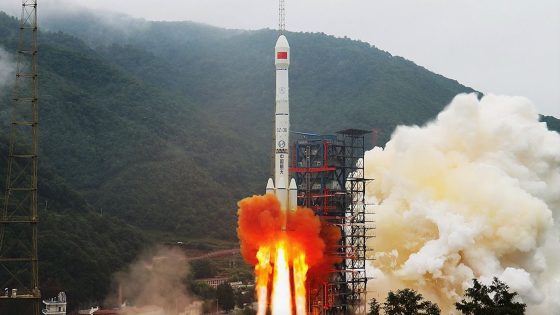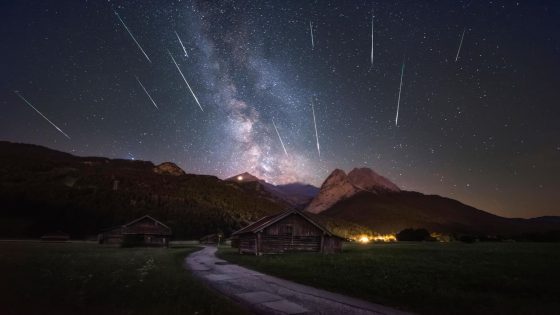The Perseid meteor shower, renowned for its stunning displays, will peak on the night of August 12 into August 13, 2025. With up to 100 meteors streaking across the sky every hour, this event is a must-see for stargazers. Despite the waning gibbous moon potentially affecting visibility, those in dark areas can still enjoy the celestial show.
- Perseid meteor shower peaks Tuesday night.
- Up to 100 meteors visible per hour.
- Best viewing in dark areas, away from lights.
- Meteor showers occur when Earth crosses comet debris.
- Fireballs may appear during the shower.
- Check Global Meteor Network for viewing times.
As meteoroids from comet 109/Swift-Tuttle enter Earth’s atmosphere, they create dazzling trails, often referred to as “shooting stars.” This year’s shower promises not only bright meteors but also spectacular fireballs, which are exceptionally vivid meteors bursting into colorful displays.
Why do meteor showers like the Perseids captivate US? The answer lies in their connection to comets and the excitement of witnessing nature’s fireworks. Observers can enhance their experience by considering these points:
- Find a dark location away from city lights.
- Look away from the moon for the best views.
- Be patient; peak activity may vary.
As we look forward to the Perseid meteor shower, let’s embrace the opportunity to connect with the cosmos and appreciate the wonders of our universe.



